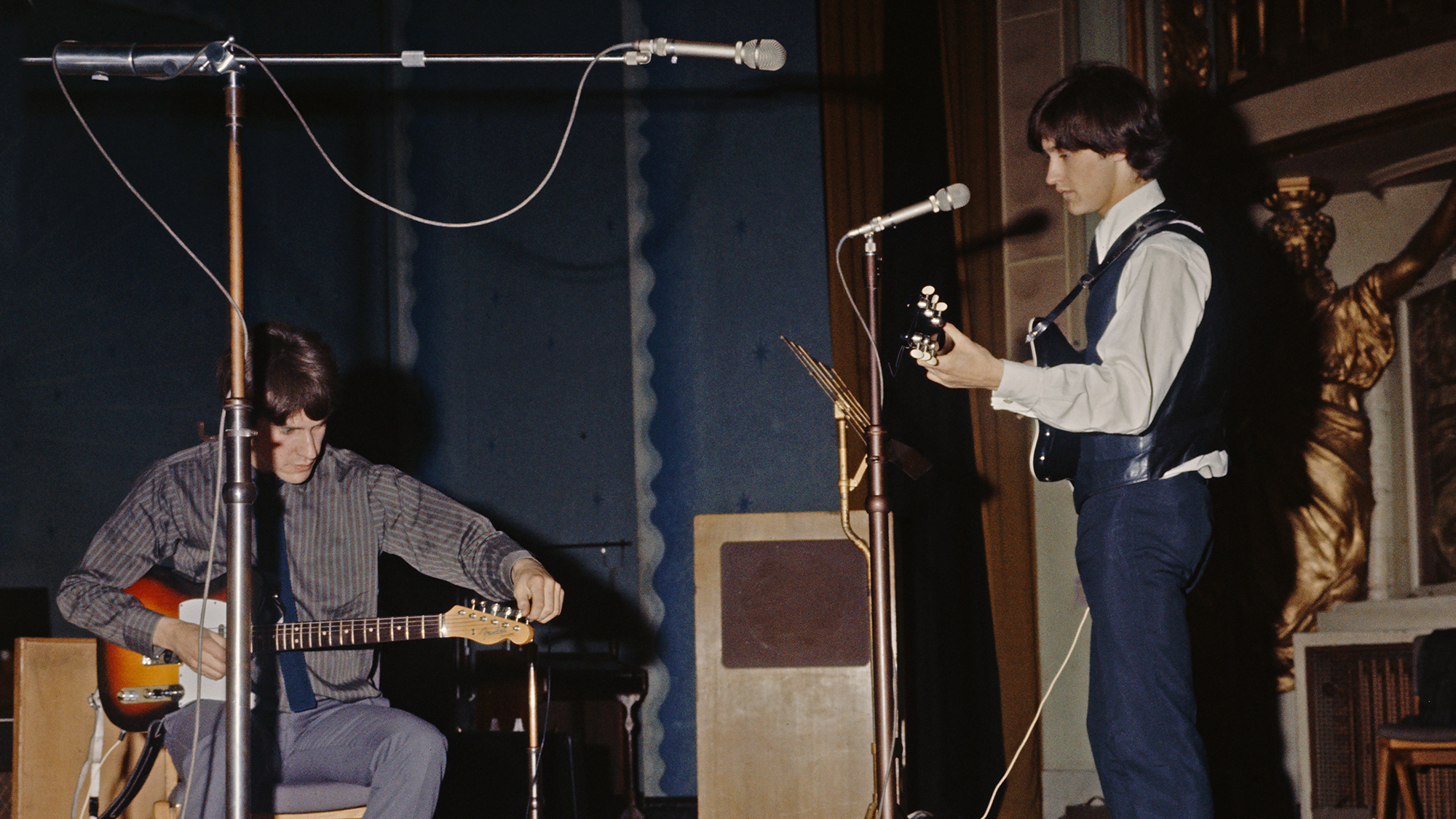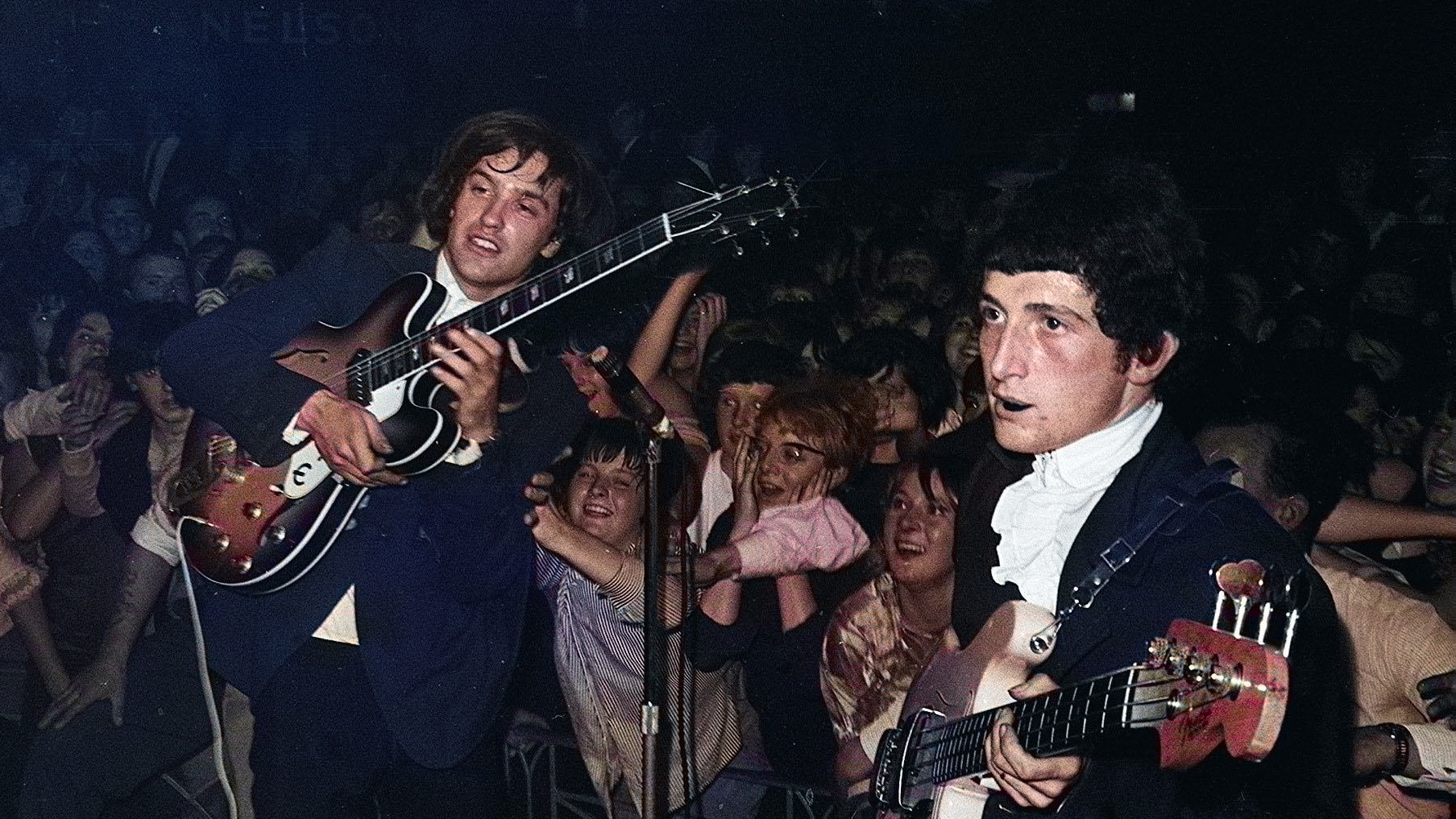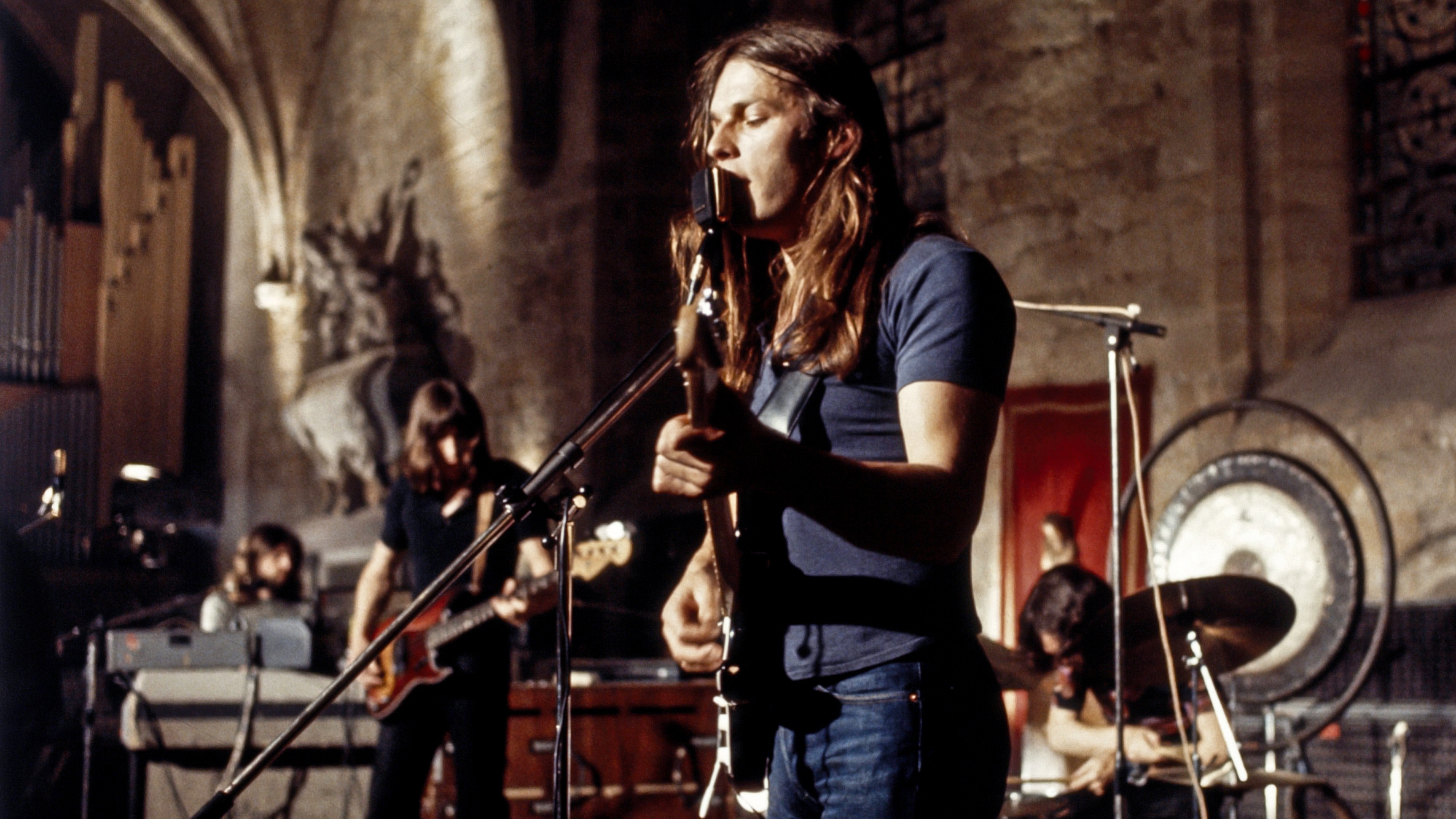“I got a single-edged Gillette razor blade and cut round the cone like this.” Kinks founder Dave Davies on the speaker-slashing skills that transformed rock and thrilled Pete Townshend, Jimmy Page and Jeff Beck
The guitarist blamed boring guitar sounds and his own love of imperfection for his actions, saying, "That sound was born out of total frustration"

“I like a song to sound cranky — like it just happened. I love desperation and anger and things that are slightly out-of-tune or out of time. I actually strive for those areas of imperfection.”
Dave Davies has made art out of imperfection. As he told us in 2002, it’s at the heart of what he attempts to achieve in music.
“Often, I'll have to trick myself by saying I'll fix a mistake later, but I never do. I grow to like the blunder, and then it becomes an enhancement, rather than a mistake.”
Since the earliest days of the Kinks — the band he formed at age 16 with his older brother, Ray — Davies has cultivated a sound and style that pushed imperfection to the foreground. The youngest of eight children, he hinted that his scrappy approach to electric guitar playing and tone came from a competition with Ray to get attention from their parents and six older sisters.
“Perhaps it's my upbringing that causes me to kind of want to mess something up and destroy it,” Davies said. “But it's all about capturing a feel — which is why I always like making demos over records. There's the love and the energy and all those magical moments where you're unsure of what to do, and you're winging it.
“Once a part becomes second nature, the feel isn't always there, and there's nothing worse than complacency in music. If you know a song too well, it's death for rock and roll.”

That would be unthinkable where Davies is concerned. As perhaps every guitarist knows, Davies helped bring new raucous life to rock and roll with the Kinks’ third single, 1964’s “You Really Got Me.” The method by which he did it? His Elpico AC55 amplifier, specifically its speaker, which he famously sliced up in an attempt to dirty up its sound.
All the latest guitar news, interviews, lessons, reviews, deals and more, direct to your inbox!
“I was a wild kid, always discontented,” he told us. “I've always had an aggressive streak. As you get older, you learn to deal with the crazy parts of your personality, but that sound was born out of total frustration.
“You see, amplifiers all sounded the same in '62, '63. It used to drive me mad, this funny, clean guitar sound.”
His first experiments were tentative and careful. The results weren’t promising.
“I did silly things. I started putting drawing pins [i.e. thumbtacks] in, thinking that their sound would have some effect. I didn't know anything about electronics. I was 16. The drawing pins just used to pop out; they didn't do anything.
“Then I realized that making holes might change the sound.”
Feeling braver, Davies decided to go for broke — literally.
I've always had an aggressive streak. That sound was born out of total frustration."
— Dave Davies
“In a fit of frustration, I just took the screws out of the back of this little Elpico amplifier, not much bigger than a radio, and slashed the speakers up with a razor blade. I hit a chord and this phenomenal sound came out, just amazing.
“I used to use it as a preamp into a bigger amp, like a Vox AC30.
“I nearly electrocuted myself plugging those things into each other, not knowing at all what I was doing.”
Davies got even more specific about his slicing method in a conversation with Dave Hunter many years later.
“I was getting really bored with this guitar sound — or lack of an interesting sound — and there was this radio-spares shop up the road, and they had a little green amplifier in there next to the radios, an Elpico,” Davies recalled. “I got a single-edged Gillette razorblade and cut round the cone like this.”
Here he indicated making slits from the center to the edge of the cone.
“So it was all shredded but still on there, still intact. I played and I thought it was amazing, really freaky. I felt like an inventor! We just close-miked that in the studio, and also fed the same speaker output into the Vox AC30, which was kind of noisy but sounded good.”
The sound Davies’ modified amp created quickly got noticed by other guitarists like Pete Townshend, Jeff Beck and Jimmy Page.
“I think that Dave Davies is also very underestimated,” Townshend said 2023. Whereas the Who guitarist was working with Marshall amplifier creator Jim Marshall to develop the amps that would give him his powerful sound, Davies went about it in a more ingenious way.
“Somehow the Kinks adopted some of that as well. They didn’t actually used the Marshall size amps that we used. But they were loud, they were raucous. The guitar sound was similar, there was feedback there.”
Other musicians were less appreciative, as Davies recalled.
“We did our first tour, with the Hollies and the Dave Clark Five,” he said, “and I'd get onstage and plug in my little amplifier and people used to come over: ‘The bloody noise coming out of that that thing!’ They used to make fun of me about it, but I didn't give a shit — arrogant kid, and just as well, at the time.
“The Hollies had a bit of vision about it, but a lot of the others thought it was a joke, that I was being silly. And after a while, people started trying to copy the sound, and manufacturers even built amplifiers with specifications to actually create a sound like that.”
People used to come over: ‘The bloody noise coming out of that that thing!’ They used to make fun of me about it, but I didn't give a shit."
— Dave Davies
Of course by then guitarists had new ways to get distortion that didn’t require slicing up their speakers. The Maestro FZ-1 — created by Glenn Snoddy and Revis Hobbs and marketed by Gibson — had come out in 1962. Although sales were sluggish, the pedals took off after Keith Richards famously used one to play the lead riff on the Rolling Stones’ “(I Can’t Get No) Satisfaction.”
Modern guitarists have many options, from pedals to amps. But for those who want to get closest to Davies’ original formula, amp guru Mitch Colby of Sundragon amps has created the Colby Elpico AC55 1x12 combo, a modern take on the humble amp Dave Davies destroyed more than 60 years ago.
In related news, the Kinks are set to release the final part of their 60th anniversary anthology series on July 11. The Journey – Part 3 covers their RCA/Arista period, spanning from 1977 to 1984.
Elizabeth Swann is a devoted follower of prog-folk and has reported on the scene from far-flung places around the globe for Prog, Wired and Popular Mechanics She treasures her collection of rare live Bert Jansch and John Renbourn reel-to-reel recordings and souvenir teaspoons collected from her travels through the Appalachians. When she’s not leaning over her Stella 12-string acoustic, she’s probably bent over her workbench with a soldering iron, modding gear.
